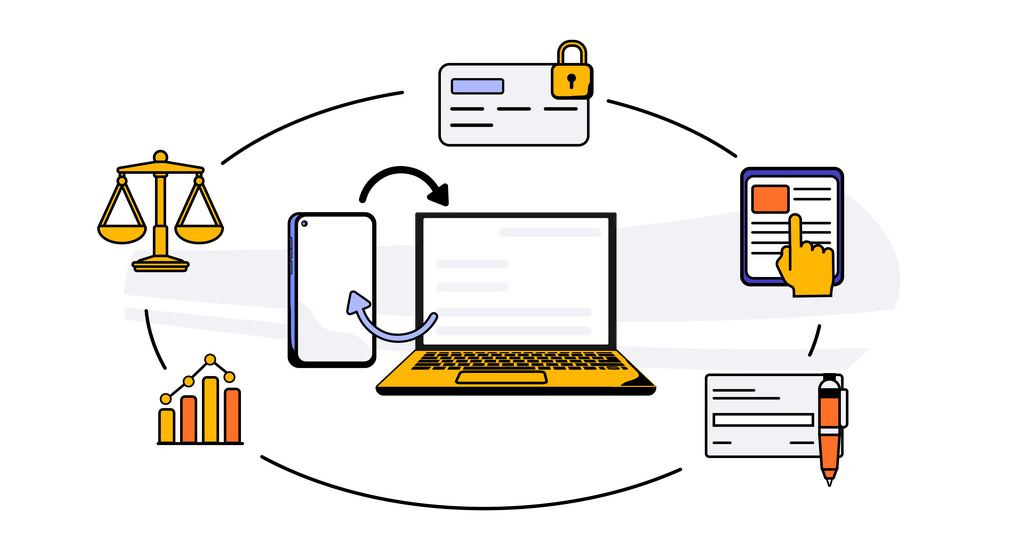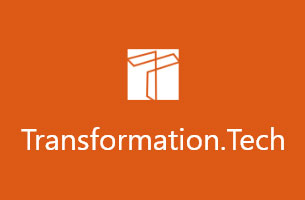Enterprise expense management software is witnessing a renaissance with several new-generation solutions to address a traditional area – managing employee expenses.
In recent years, employee expense management software shifted focus from purely a command-and-control tool to one where employee experience, ease of use, and limiting manual effort have become core value propositions.
In addition, from being an appendage to a bulky accounting platform, enterprise expense management software is now a standalone category. As a result, not only are software makers targeting the sector, but Fintech companies are providing the end-to-end employee expense management platforms and tools, often centered around a corporate credit card.
In addition, expense management tools also provide capabilities such as OCR and natural language processing to make expense and receipt submission easier than ever. For example, many tools accept email submissions where the user forwards a receipt from a hotel, airline, or restaurant. They also try to auto categorize expenses, match expense reports with the credit card line items, and many other features to make life easier for employees.
What is Expense Management Software?
The expense management software automates the process of setting expense guidelines, granting employees spending privileges, gathering the expenses and receipts, processing the costs, and paying the employees or the corporate card directly. Expense management tools also include onboarding and removing employees, managing exceptions, performing audits, and configure limits. The expense tools also provide a dashboard for employees to submit and track their expenses, workflow for approvals including escalations and exceptions, and backend operational support for the accounts payable team to receive, process, track, pay, and audit the expenses.
Often, the expense management software includes a corporate portal for booking travel and purchasing approved goods and office supplies (or a link to such portals) with a pre-negotiated price and product assortment.
Why do Companies need Expense Management Software?
Of course, if a company is tiny, a spreadsheet or a personal financial management tool such as Quicken may suffice. But as the company grows, managing a large group of employees with varied expense profiles, locations, and spend limits becomes difficult without appropriate expense management platforms. Here are critical use cases:
- Companies need to set and enforce spending policies and need a way to document and communicate the policies.
- Companies need to configure individual spending limits and a method to enforce the rules and allow for exceptions, approvals, and escalations.
- Employees need to understand the policy guidelines and a common venue to purchase goods and services that conform to their expense profile.
- The employees and the company need an efficient way to submit expenses, file receipts, and track, process, and pay expenses.
- Companies also need to track, trace, and audit expenses.
- Management teams need reporting and analytics into expenses to effectively forecast and manage cash outflows.
Essential Functions and Features of Expense Management Software:
Irrespective of whether expense management solutions are an integral part of a finance and accounting solution, a standalone expense management tool, or an add-on to the corporate card issuers, here are some core features that companies should consider:
Expense Management Tools Top 20 Features and Capabilities List:
- Set Spending Policies and Configure spending policies per group of employees
- Include Preferred Vendors with pre-negotiated prices
- Policy exceptions management
- Approvals, exceptions, and escalation workflow
- Visibility into Expense Processing Stages for employees, managers, and accounts payable staff
- Submission of expenses via a form, an email
- E-receipts (or pictures of paper receipts)
- Issue, manage and terminate Corporate Cards, including setting and managing limits
- Creation and Submission of Expense reports
- Trip planning, bookings, cancellations, and rescheduling
- Management of Purchase requests
- Audit and Control
- Reimbursement management
- Automation of expense collection and receipt submission
- Integrations (with the airline, hotel, car rental, office supplies, and other vendor products as well as allied functional areas such as accounting software)
- Group bookings for events and conferences
- Mobile apps
- Security Features
- Alerts and Notifications
- Reporting and Analytics
- Employee
- Supervisors
- Audit Staff
- Management
In addition to the functionality, the non-functional factors also play a role in selecting an expense management platform.
- Usability
- Cloud-based anywhere access
- Localization
- Cost
- Support
- Performance
- Scalability (concurrent users)
- Availability
- Extensibility (APIs and Integrations)
- Vendor Business Viability
- Partnering and Cultural Fit
- Mobile Device Availability (Responsive) as well as Apps
- Role-based Access Controls
- Multiple Deployment Options
- Training
- Documentation
- Product Roadmap
Benefits of Expense Management Platforms:
Companies reap many benefits from using an expense management tool. Here are a few:
- Lowers cost of processing expenses
- Reduces manual errors and omissions
- Cuts down processing time
- Ability to forecast expense outflow
- Enforce guidelines and policies uniformly
- Provide access to preferred vendor partners with pre-approved goods and services with negotiated prices
- Reduces operational efforts by AP (Accounts Payable) teams
- Traceability and Auditability
- Automated Posting to General Ledger (through integrations)
- Centralized payment to corporate cards thus reducing any delays and consequent penalties



